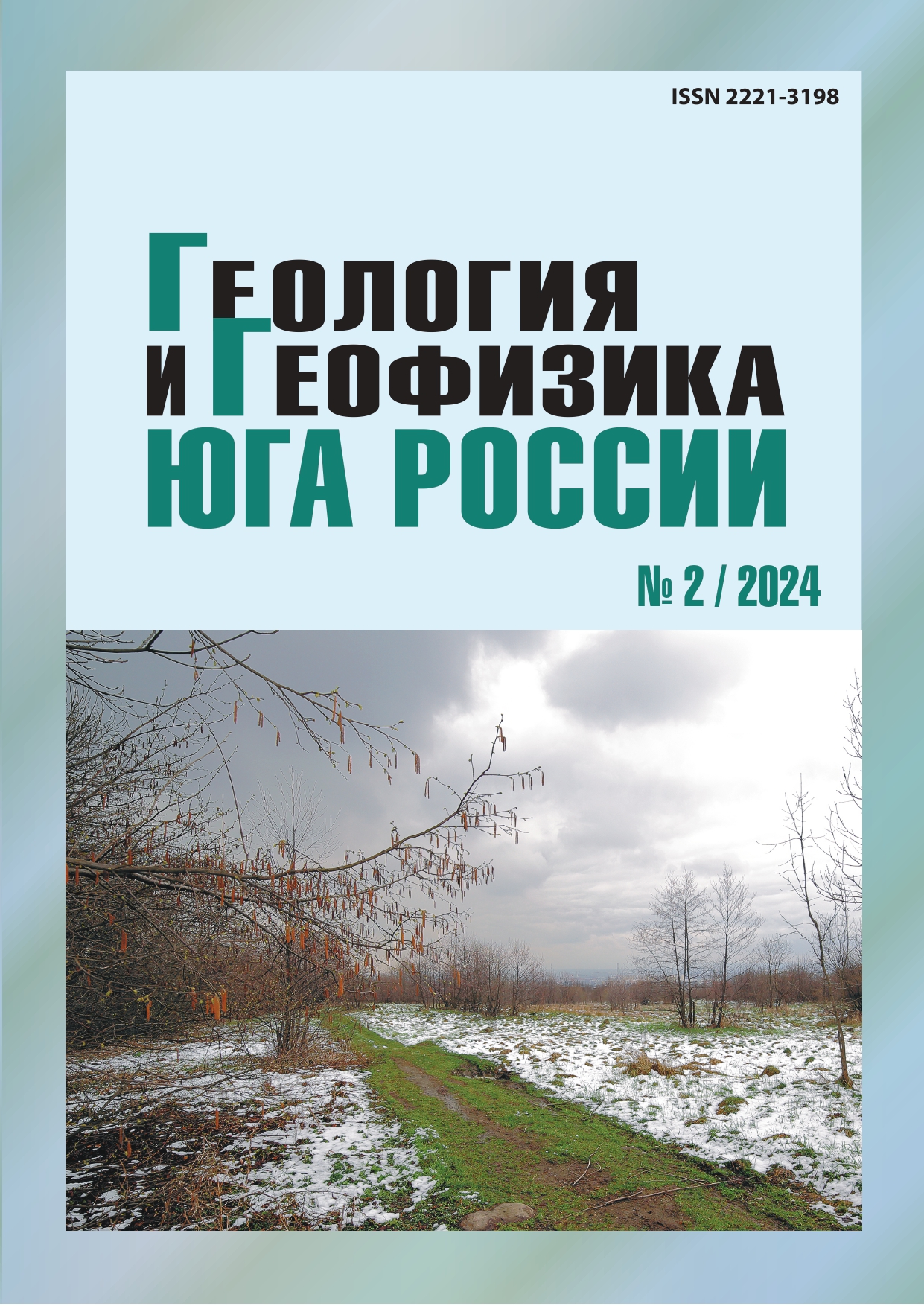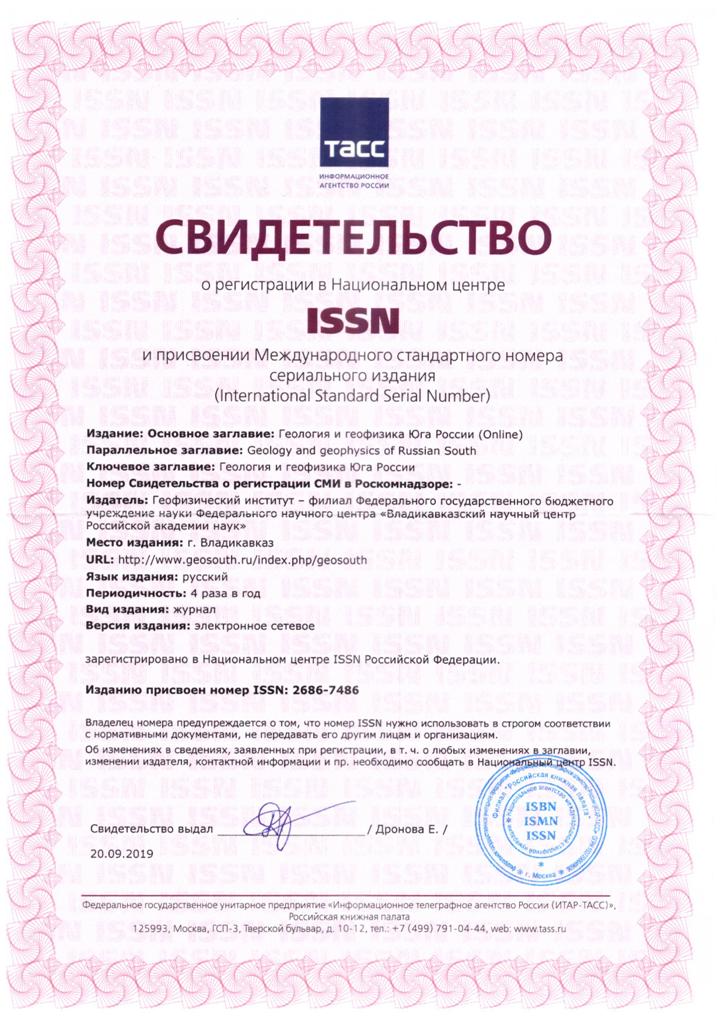Geoecological aspects of earthquake intensity formation based on instrumental data
Abstract
Relevance. The factors that determine the integral geo-ecological risk of territories are its main components: natural-geological-tectonic, artificial-technogenic, environmental, socio-economic and administrative, the state of which determines the potential for damage and its manifested magnitude. Seismic intensity is the most accurate characteristic of seismic impacts, since it is directly related to the damageability of objects. At the same time, in practice, data obtained in various ways is rounded to decimal places, without assessing the accuracy and statistical (probabilistic) reliability of the results obtained. This suggests the need to develop a methodology for using fractional intensity values in points when assessing seismic hazard. Methods. Modern digital geographic information technologies allow for a systematic assessment of the state of each risk factor based on machine learning algorithms. The work used the support vector regression method and the cross-validation procedure. Within the framework of the developed geographic information and computing system, system integration of blocks of regional modeling of seismic impacts based on possible seismic sources zones and the response of individual areas to these impacts was carried out. At the same time, ensembles of accelerograms with varying fault characteristics were modeled, and statistical processing of the results was performed with the presentation of spatial data in GIS technologies that form the geoecological risk of the territory. Results. An original method for assessing the state of the soil mass using the dispersion criterion has been developed and, on its basis, amendments have been introduced to the distribution of zones by seismic properties, confirmed by instrumental data (presence of subsidence soils) and causing various geo-ecological risks.


